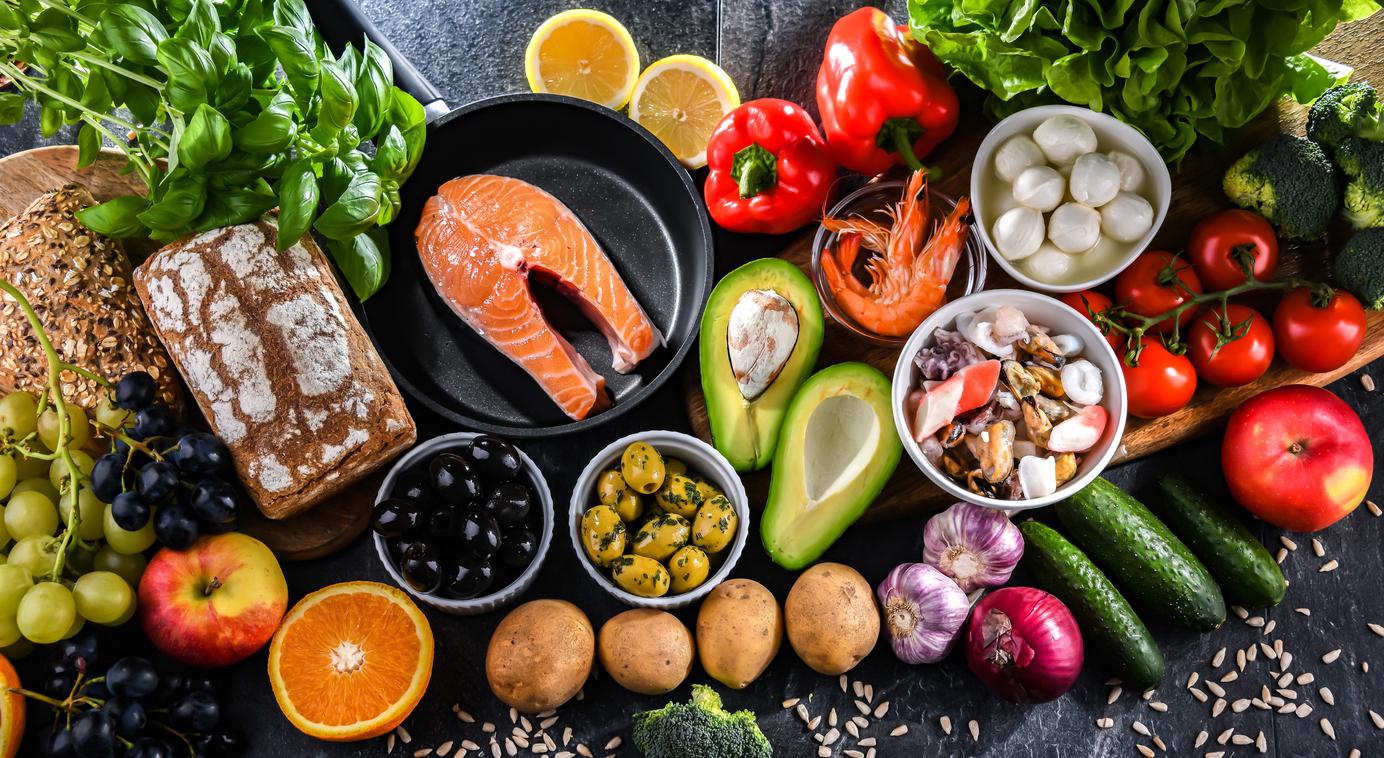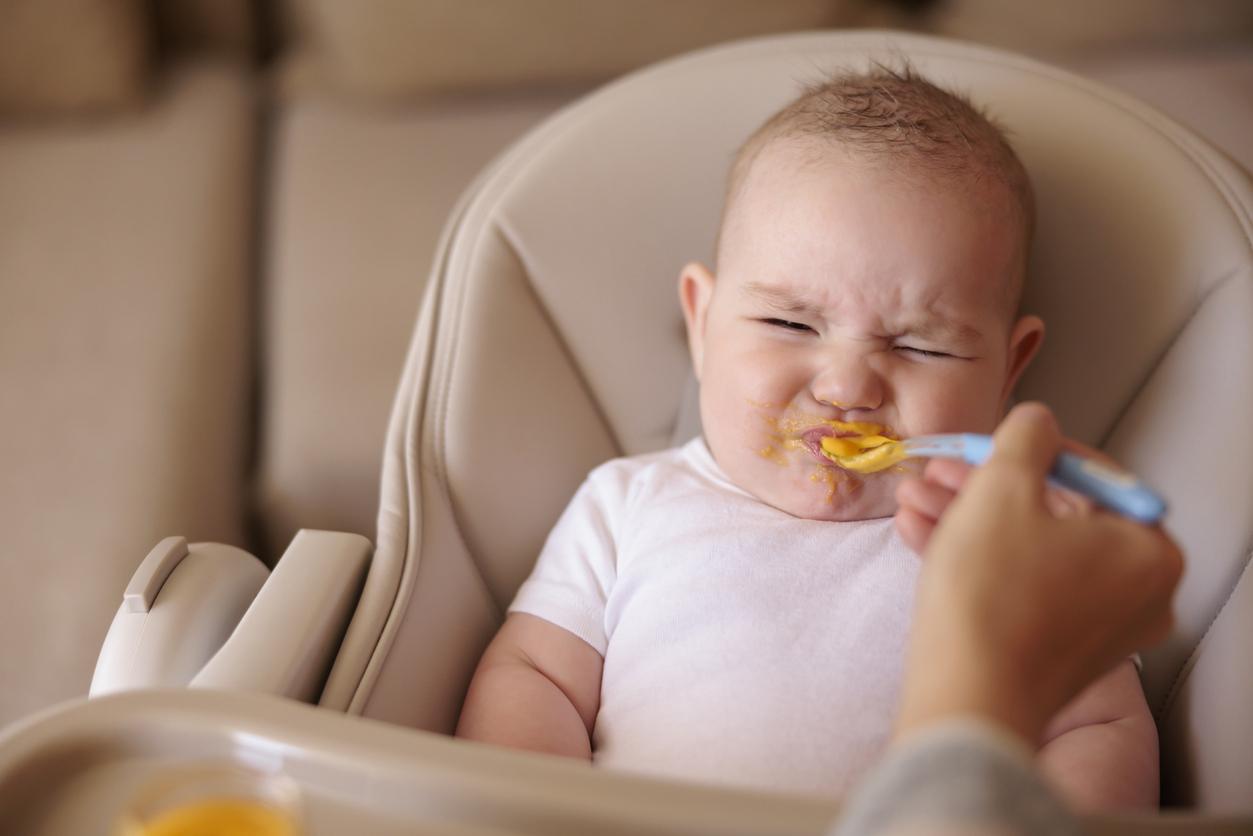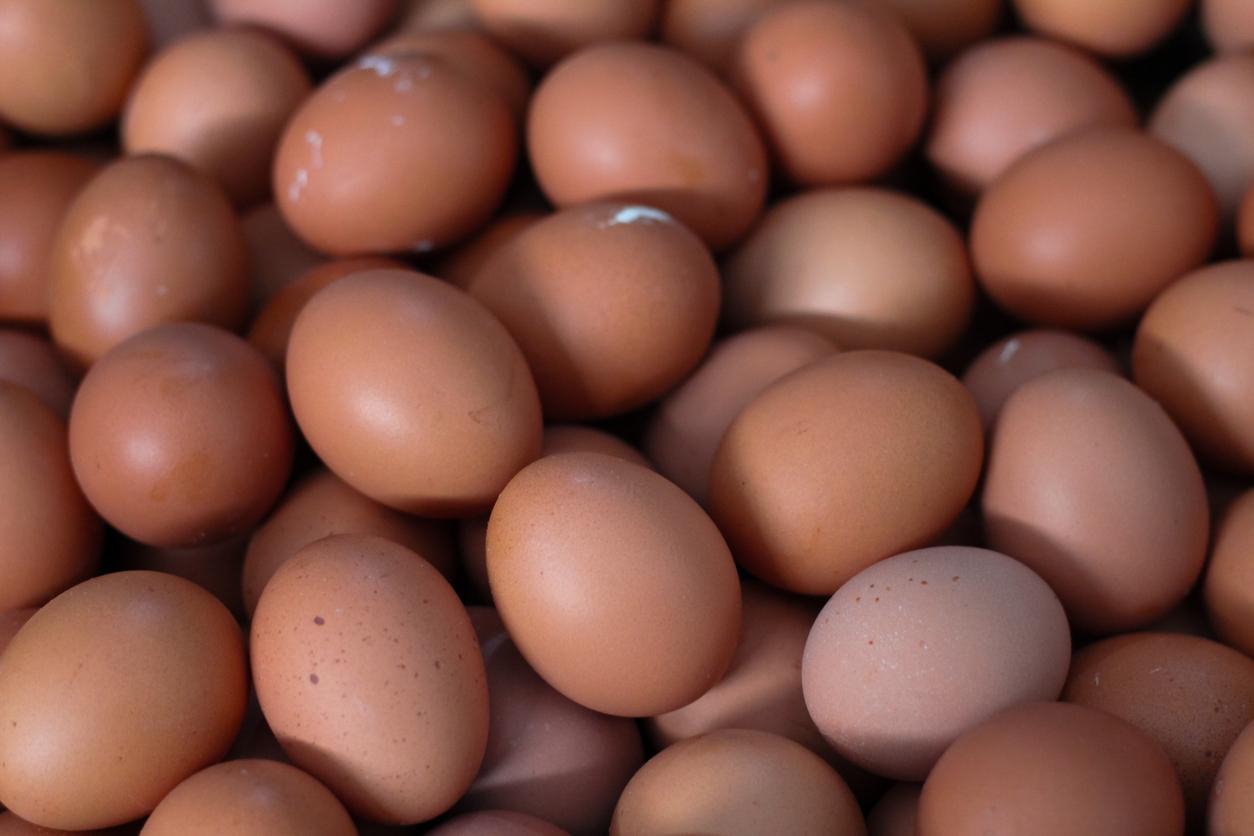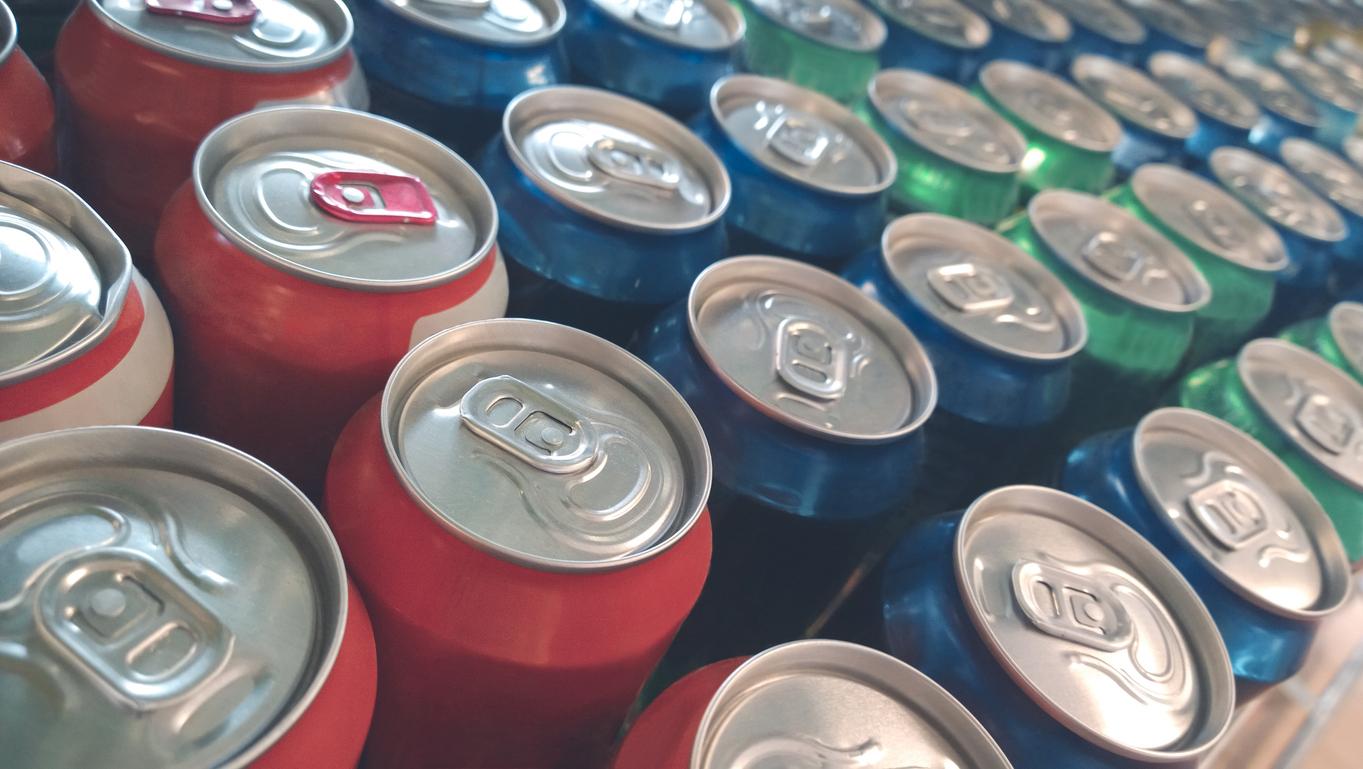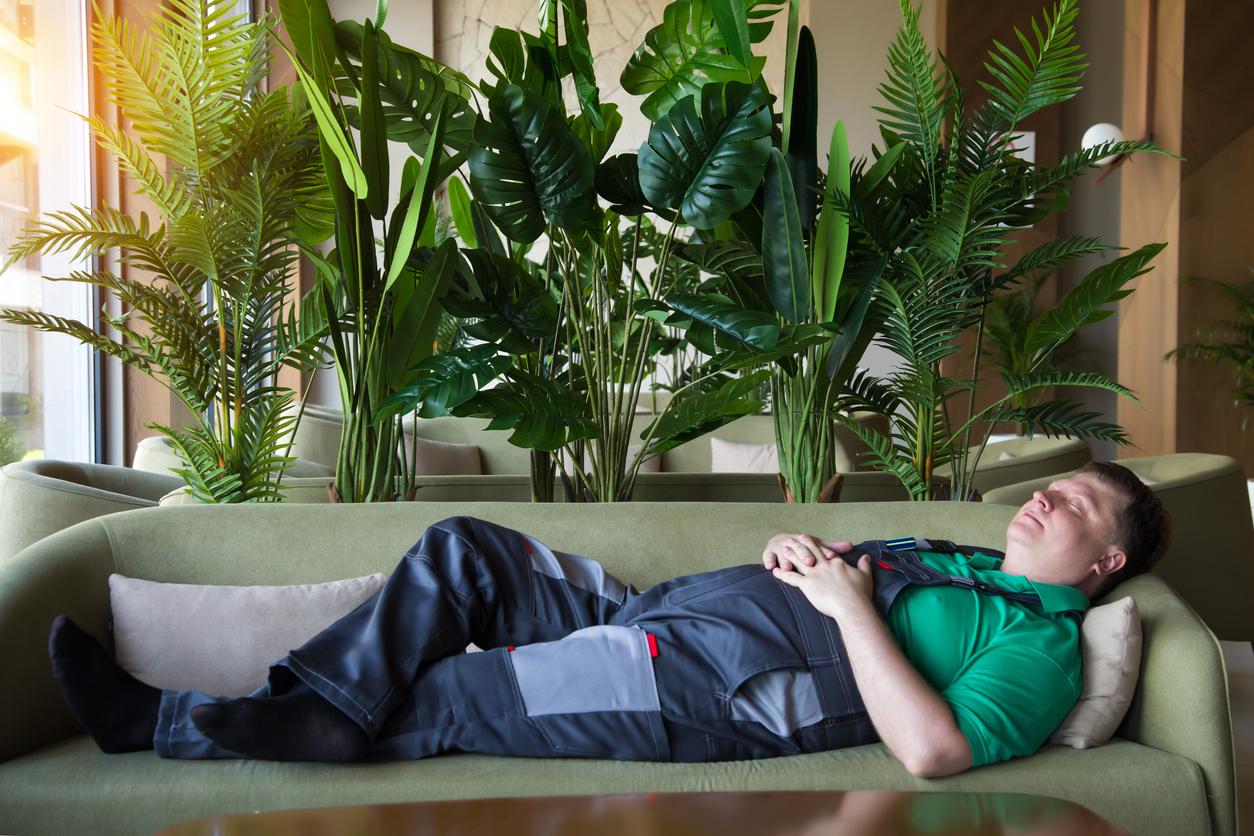Dipping chips, breadsticks or toast in sauces boosts calorie and energy intake, according to a new study.
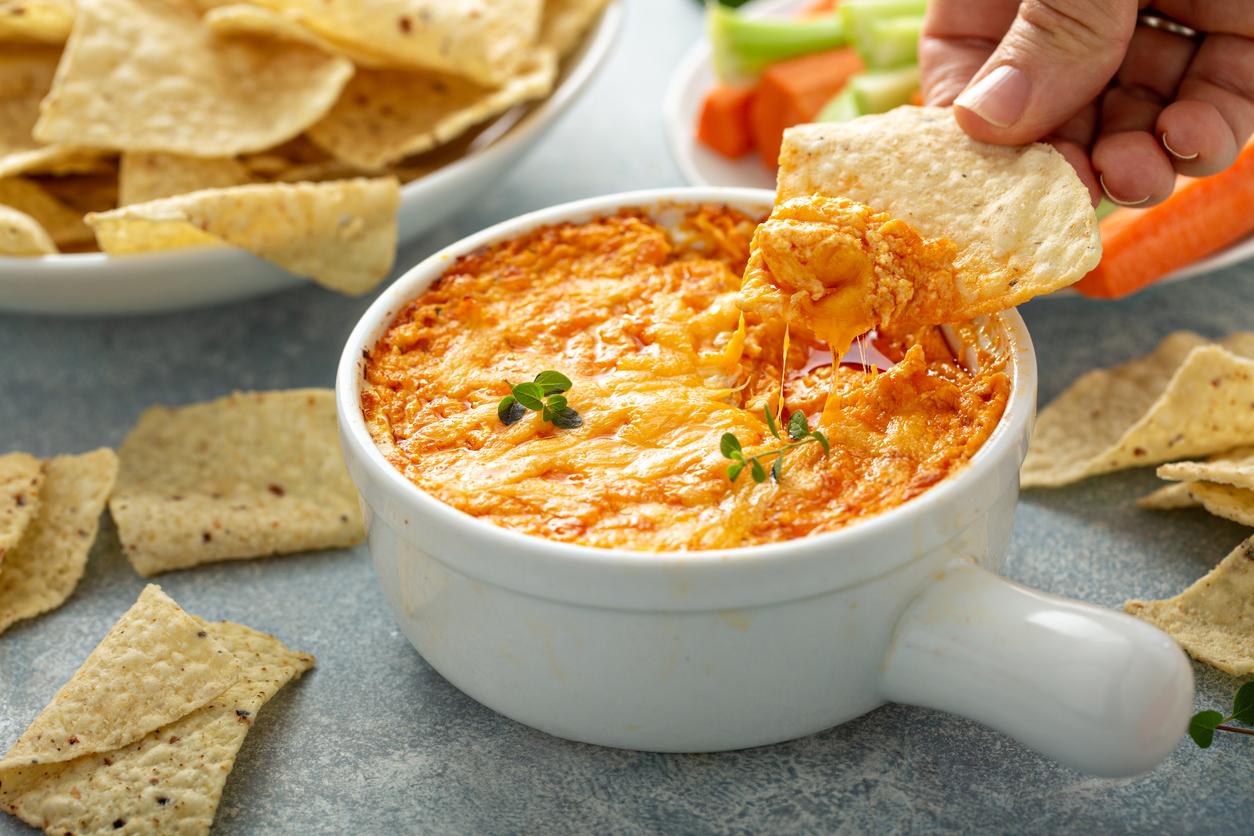
- In one study, serving dip with chips led to faster consumption speed and a larger bite size of the total snack.
- The calorie intake of a ranch-flavored potato chip snack was 77% higher when served with dip.
- “Adding sauce to chips can also significantly increase overall energy intake without people realizing it,” the researchers said.
Hummus, guacamole, tapenade, salsa or cheese sauce… During appetizers, these different dips are often accompanied by salty snacks, such as chips. “These sources of exogenous oral lubrication (dipping salty foods in sauce) facilitate oral processing, which has been shown to influence food intake. However, little research has directly assessed how exogenous oral lubrication affects acute intake, particularly during snacking.”said researchers from Pennsylvania State University (USA).
77% more calories when chips are dipped in sauce
This is why in a study published Food Quality and Preferencethey examined how eating behavior changes when people are served dips with a salty snack. To conduct their work, the team recruited 46 adults. During two visits to the sensory testing center, they were served 70 grams of ranch-flavored chips, or about 2.5 servings, with or without 95 grams of ranch dressing. Participants ate as much as they wanted. Their intake was measured, and all eating sessions were videotaped and annotated for number of bites and active eating time. The authors used this information to calculate measures of “food microstructure”, including feeding speed and bite size.
According to the results, participants consumed 345 calories from chips and ranch dressing compared to 195 calories from chips alone on average. Dipping the chips in ranch dressing resulted in a 77% higher caloric intake and a faster total consumption rate compared to not dipping the chips in the dressing. However, no difference was observed in chip consumption. The authors suggest that the greater consumption resulting from the inclusion of the dressing may have been facilitated by a larger total snack bite size, as opposed to a faster chip consumption rate.
“Adding sauce to chips can significantly increase overall energy intake”
“Most strikingly, people did not eat fewer chips when the sauce was available; they ate the same amount of chips plus the sauce. This lack of compensation means that adding sauce to chips can significantly increase overall energy intake without people realising it.”explained John Hayeslead author of the work. “This research opens new avenues to explore how the physical properties of foods can influence our eating behaviors and, ultimately, our energy consumption,” he concluded.








